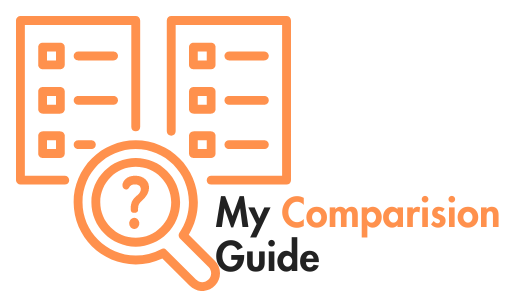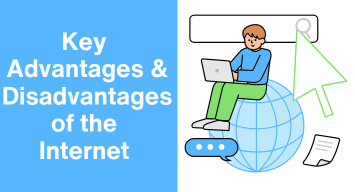Introduction
In today’s digital age, the internet has become an integral part of daily life, reshaping the way we communicate with others, work, learn, and entertain ourselves. Day by day, the internet’s influence is more pervasive than ever, touching nearly every aspect of modern existence. From our homes to businesses, healthcare systems, and education, the internet has woven itself into the fabric of society, providing unprecedented levels of connectivity and convenience. When people first started using the internet, it was primarily a tool for sharing information, but it has since evolved into a vast digital ecosystem, supporting billions of users globally.
There is still much that the internet has brought our way in moving further into the digital age. It has made everything easy to find information as well as making it easy for people to connect, even though each of them is located in a different part of the world. New technologies like AI, VR, and IoT are taking the internet to its new heights. Such developments are further making experiences more immersive, smarter gadgets with interactive benefits, and automated services that make everyday tasks easier. Now, options shape modern life, like having an office from home or getting to study online, flexibility hard to find a few decades ago.
However, like any other powerful tool, the internet has its challenges. The same technologies that make life easier can also cause many disadvantages, like concerns over data privacy, cybersecurity threats, and the spread of misinformation. On top of that, relying too much on digital communication has led to social isolation and mental health issues, especially among younger people.
In this article, we will going to explore 20 major advantages and disadvantages of the Internet. By talking about both sides of the coin, we present a balanced view to you on how this potent technology impacts our lives today and into what we may be moving into in the future.
Advantages of the Internet in 2025
1. Global Connectivity and Communication
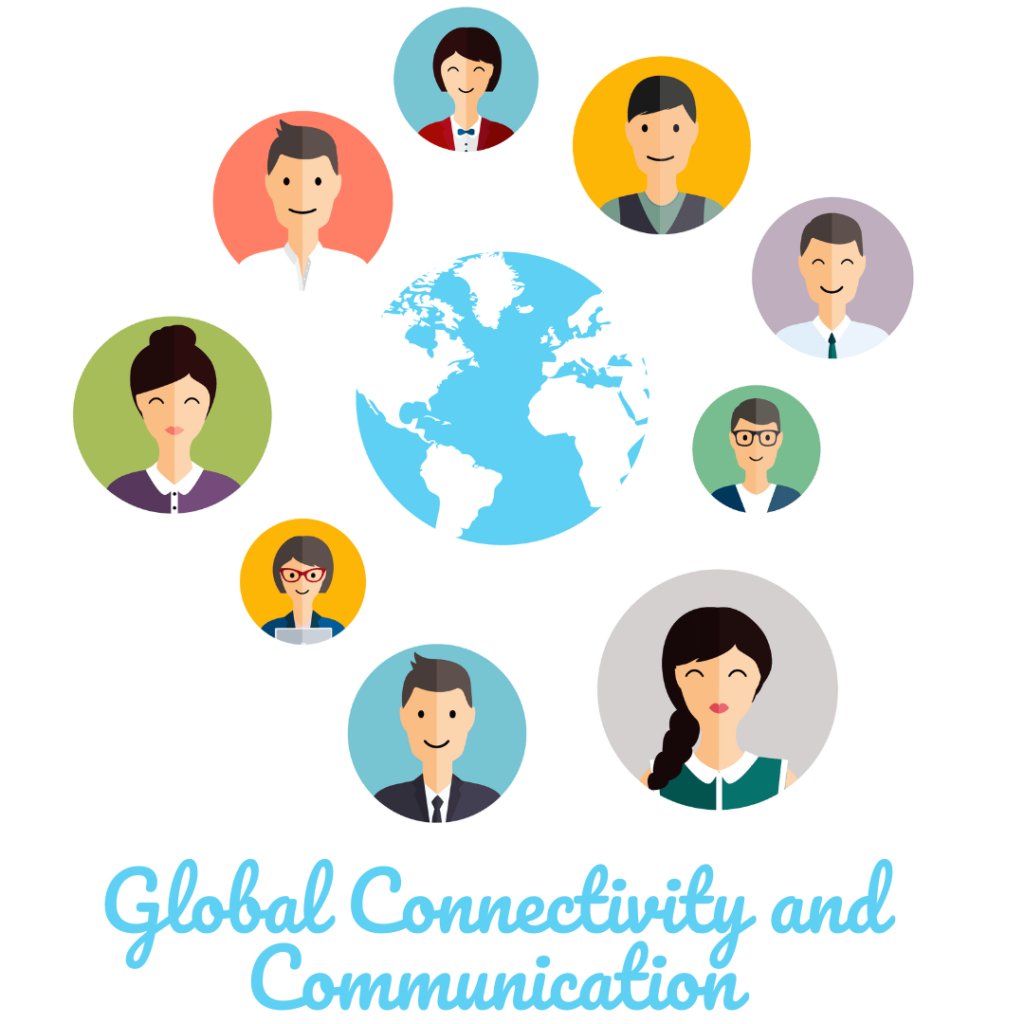
Before the internet, people only connected through telephones. But because of the internet, people can connect across the world, allowing for instant communication with anyone regardless of distance. Nowadays, we can instantly talk to anyone, no matter where they are, using video calls, messaging apps, or social media.
Moreover, the internet breaks down long-distance barriers and makes it easy to build relationships and collaborate with anyone worldwide, whether for personal or work reasons. Another advantage of the internet is its better translation tools and faster speeds, which help connect, share ideas, and work together across borders. This global communication has changed the way we interact with people, making the world feel smaller and more connected than ever.
2. Remote Work and Education
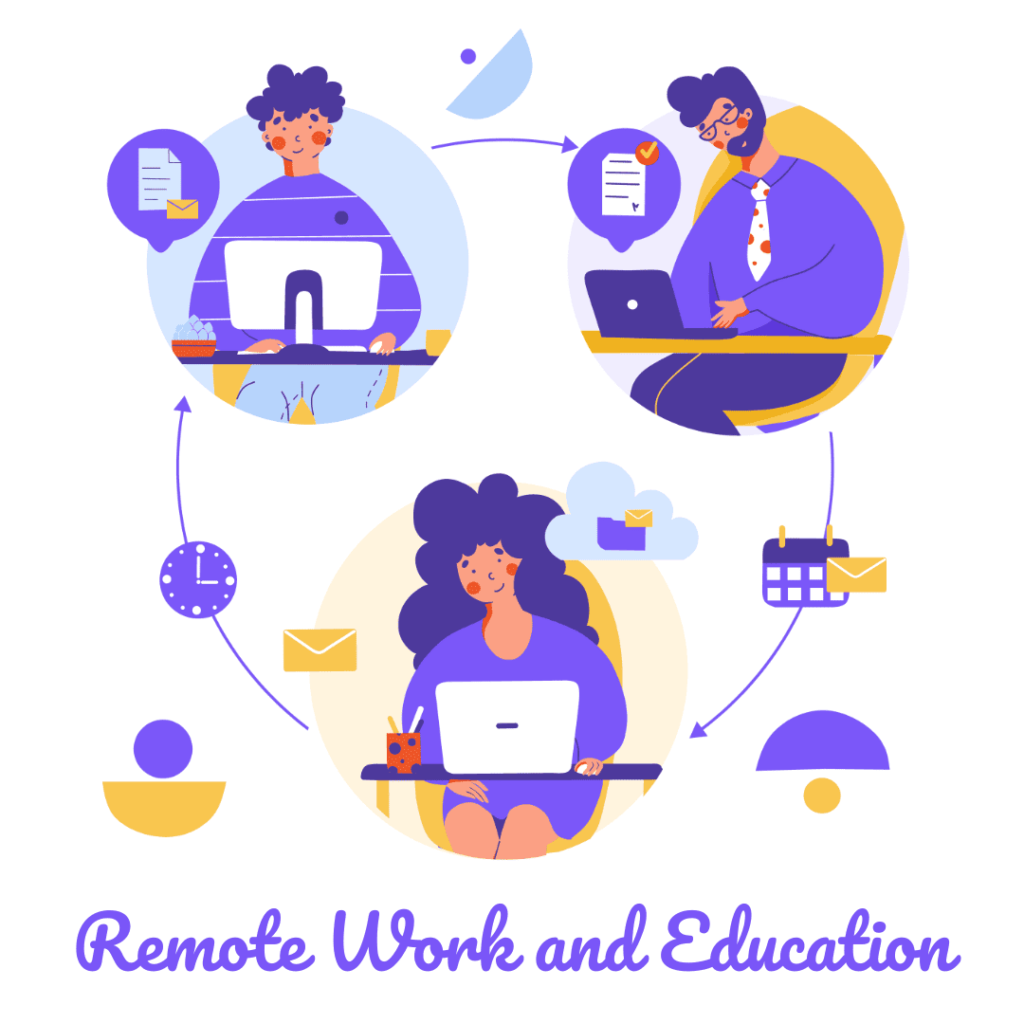
These days, remote work is way more popular than working in an office. After the pandemic, people now prefer to work from home instead of going to the office. The same goes for education; you can now learn anything from anywhere, thanks to the internet. The internet lets you work from anywhere, making it easier to balance personal and work life. Plus, software companies are making new tools like virtual collaboration tools, video conferencing, and cloud platforms to help.
In education, online learning platforms and virtual classrooms give students access to resources and courses from all over the world, making education available to everyone. This flexibility has created new opportunities for workers and learners, changing the way we think about work and education.
3. Access to Information and Knowledge
The internet has completely transformed how we access information and knowledge. It’s super easy to find answers to almost any question. Moreover, platforms like YouTube offer free courses, research materials, and tutorials on nearly every subject imaginable. People everywhere can access educational resources, breaking down learning barriers.
Also, with the help of AI tools, it’s even easier to get information that is more engaging and tailored to individual needs. This instant access to knowledge empowers people to learn, grow, and make informed decisions in both their personal and professional lives.
4. E-commerce and Business Opportunities
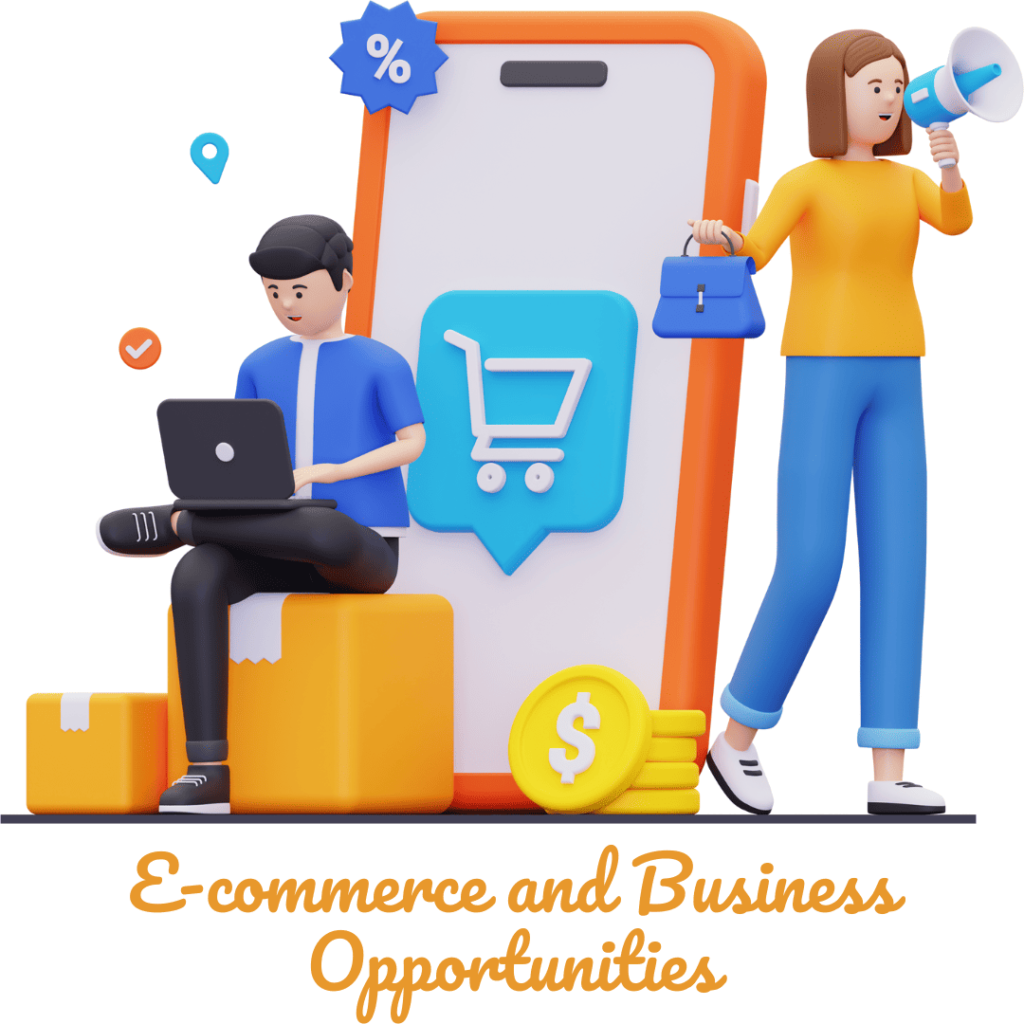
In the last 20 years, e-commerce has been great for both consumers and retailers. The internet has been a game-changer in the e-commerce industry, letting businesses reach customers worldwide and break down geographic barriers. Plus, setting up an online business is easy with various tools. Nowadays, small businesses and entrepreneurs can compete with bigger companies without needing a physical store.
New tech like AI helps businesses offer personalized experiences to customers, making shopping more fun and boosting sales. With easy and secure online payments, people can shop from anywhere, anytime. E-commerce also helps small businesses and niche markets grow, giving them the tools to compete globally.
5. Health and Telemedicine
The Internet has changed the healthcare system by making it easier for patients to access health care. Patients are able to receive remote consultation, live health monitoring, and different treatments based on their needs. The patient will be connected with the doctor during a video call, hence limiting visits in person. Wearables, such as watches, and Mobile Health Apps monitor vital signs and alert the users as well as the healthcare providers in case of a problem.
Newer technologies like AI and machine learning will also help diagnose conditions, predict health trends, and give treatment plans. With these new technologies, healthcare becomes accessible to more areas or regions that may be rural or underserved. These also improve chronic disease management, reduce costs in healthcare, and make life more convenient for patients and providers.
6. Entertainment and Streaming

The entertainment industry and streaming platforms are more immersive and personalized than ever, thanks to good internet. The online streaming platforms like Netflix, Prime, Hotstar, and many others offer AI-curated content tailored to individual preferences, making it easy for users to find movies, music, and shows they like.
With 5G and excellent internet speeds, buffering while watching videos online is almost nonexistent. This allows for smooth streaming in ultra-high definition (4K and even 8K) videos.
Virtual reality (VR) and augmented reality (AR) have revolutionized entertainment, providing interactive and immersive experiences in gaming, concerts, and live events. However, the many choices and subscription services can lead to “subscription fatigue” as users juggle multiple platforms for their entertainment needs.
7. Smart Technology Integration
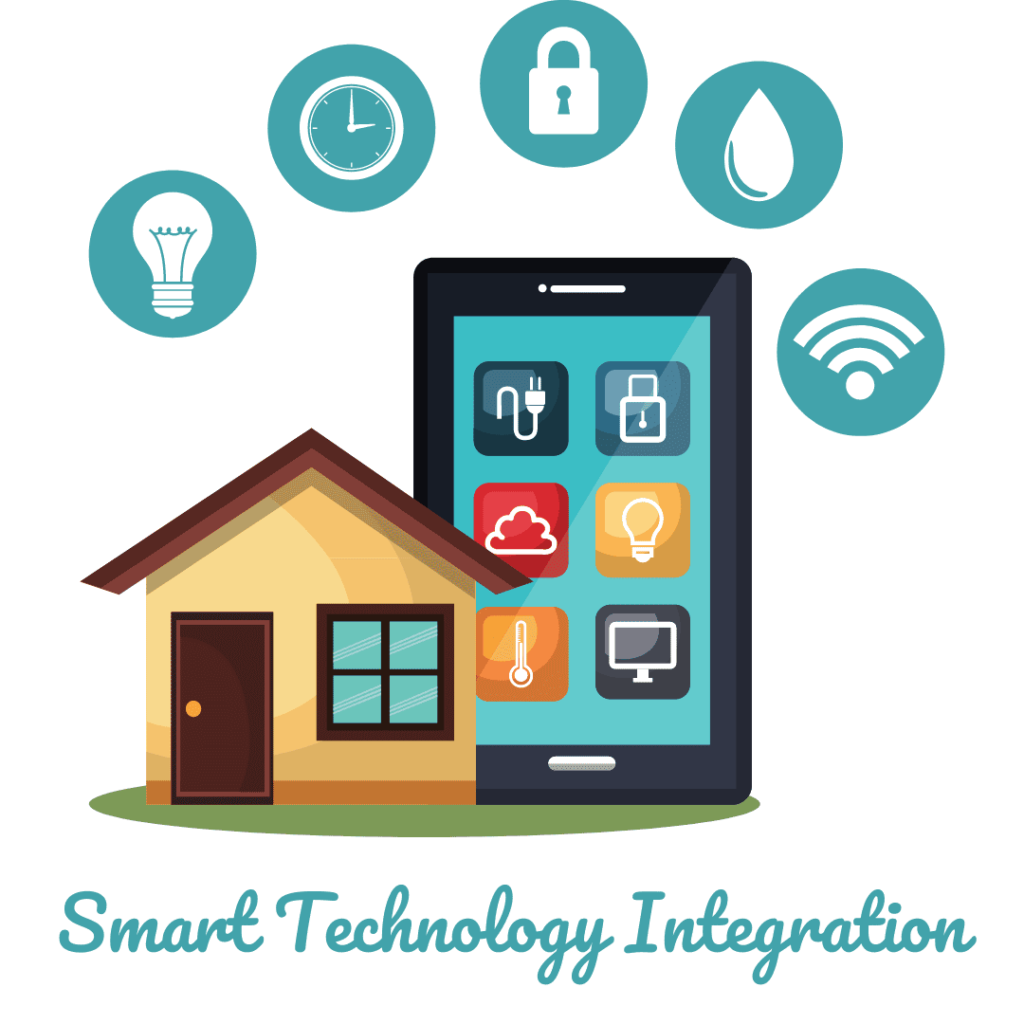
Smart Technology Integration is all about seamlessly bringing intelligent devices and systems into our everyday lives, businesses, and infrastructure. These advanced technologies, powered by AI, machine learning, and the Internet of Things (IoT), allow devices to talk to each other, automate tasks, and make decisions based on real-time data.
At home, smart tech includes things like appliances, thermostats, and security systems that you can control remotely. In industries, it makes everything run smoother by predicting maintenance needs and managing resources efficiently. Smart city initiatives use this tech for traffic control, energy distribution, and public safety, making life more convenient, sustainable, and productive in many areas.
8. Social Media and Networking
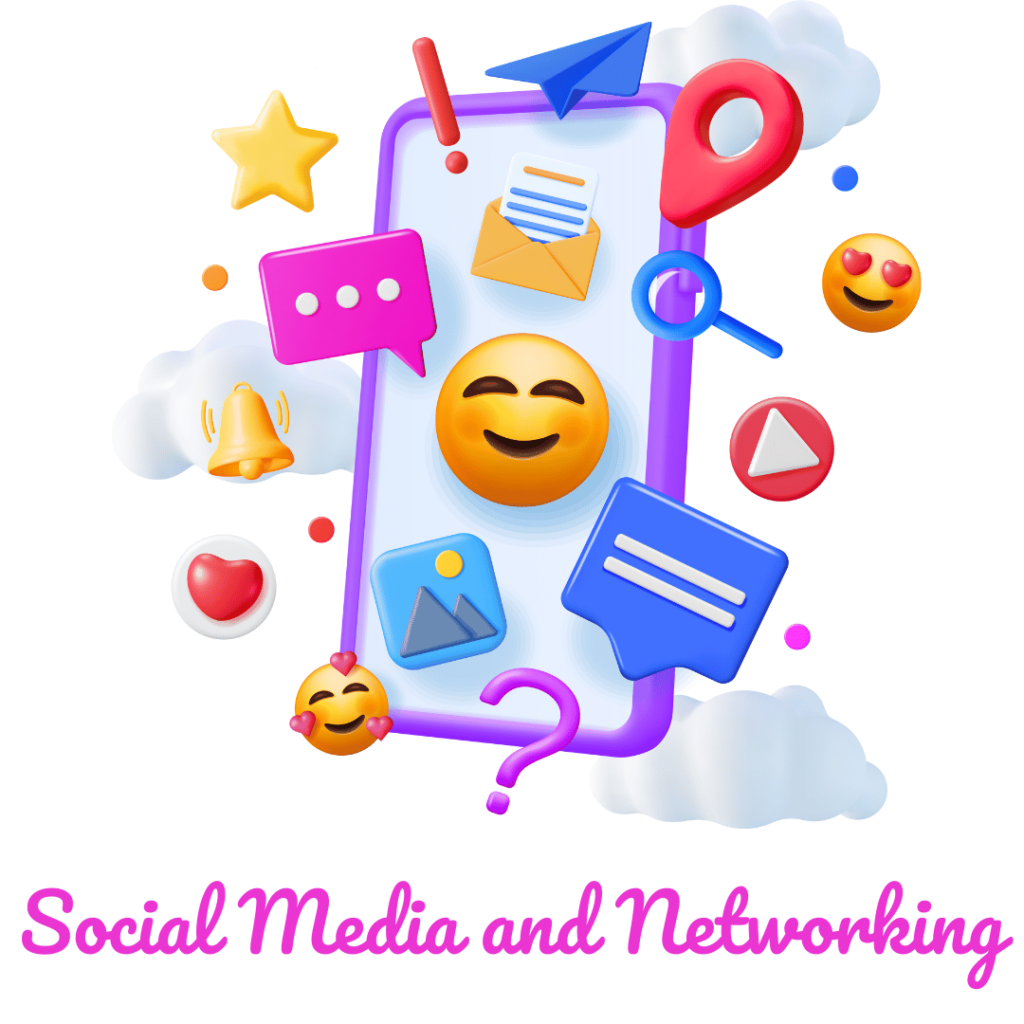
You probably use social media every day to connect with new people, chat, share photos, and upload stories about your life. Whether you’re on Facebook, Twitter, Instagram, LinkedIn, or other platforms, social media helps you build virtual communities based on your interests, relationships, or professional connections.
These platforms let you interact in real time, spread information, and create content, driving global trends and conversations. But, it’s important to remember that social media also brings up issues like privacy, misinformation, and digital addiction. So, it’s good to use these networks responsibly.
9. E-governance and Civic Participation
E-governance and civic participation means the use of digital technologies, primarily the internet to facilitate interaction between the government and citizens. Online platfroms like website and application can be used by governments to provide services, share information with citizens, and interact better.
In addition, The online governance facilitates public decision-making with transparency and easy access to public services (filing of tax returns or application of permits) and real-time communication. The civic participation is enhanced because the citizens can voice opinions, participate in policy making, and be involved in community activities through online petitions, forums, and e-voting.
10. AI and Automation in Everyday Tasks
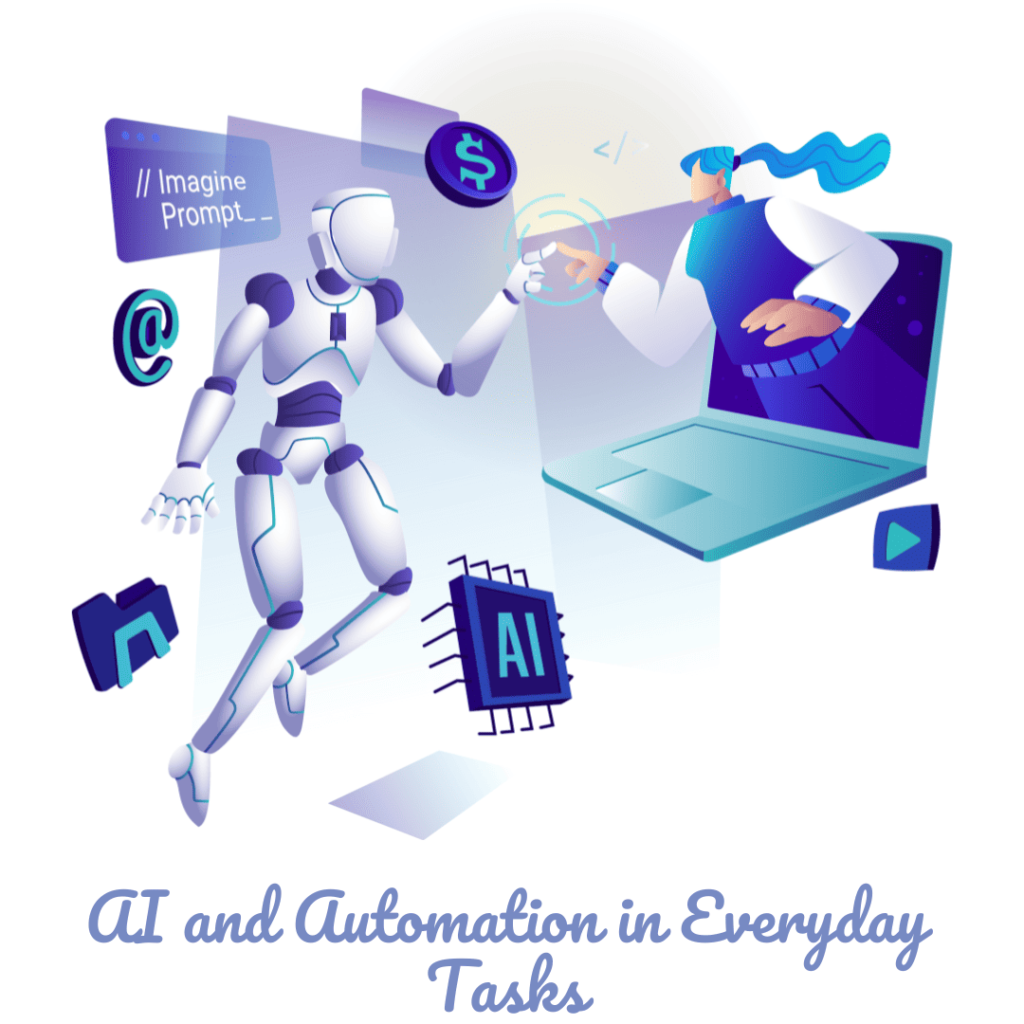
AI (Artificial Intelligence) and other automation tools have made daily life much easier for both professional and personal aspects. You can use AI to get ideas for your work, such as creating PPT ideas or video scripts for your content. In your personal life, you can create your study or gym schedule or ask for creative ideas.
Nowadays, AI is part of our everyday tasks, with smart home devices that turn off your lights, set your thermostat, or even order groceries for you. These powerful technologies take care of your daily tasks and give you more free time.
In the workplace, AI can handle repetitive tasks like data entry, freeing up employees to focus on more important work. Plus, virtual assistants can help manage schedules and reminders. This means a smoother, more efficient life for everyone.
11. Enhanced Collaboration and Innovation
The internet allows people and organizations across the globe to collaborate more easily and efficiently than ever before. Tools like cloud-based applications (Google Workspace, Microsoft 365), project management software (Asana, Trello), and shared virtual environments enable seamless teamwork regardless of geographic location.
Businesses, researchers, and developers can work on the same project simultaneously, fostering creativity, problem-solving, and innovation at a faster pace. This has significantly benefited industries like software development, healthcare research, and education.
12. Crowdsourcing and Collective Intelligence
Crowdsourcing platforms such as Kickstarter, GoFundMe, and even Wikipedia have harnessed the power of collective intelligence. These platforms allow individuals or organizations to seek funding, ideas, or solutions from large numbers of people.
For example, many startups have launched successful products by raising capital from users directly, rather than through traditional investment channels. Similarly, open-source software projects like Linux have thrived thanks to the collaborative efforts of global communities. This democratizes access to resources and solutions, making the process more inclusive and decentralized.
13. Access to Open Educational Resources (OER)
Beyond formal online courses or university degrees, the internet has made a wealth of free educational resources available to the public. OER includes materials like research papers, lectures, e-textbooks, and tutorials that are freely accessible to anyone with an internet connection.
Websites like Khan Academy, Coursera (for free courses), and MIT OpenCourseWare offer free access to high-quality educational materials. This empowers individuals, especially in regions with limited educational infrastructure, to learn new skills, develop knowledge, and improve their socio-economic standing at no cost.
14. Cultural Preservation and Revival
The internet has become a critical tool for documenting, preserving, and sharing cultural traditions, languages, and heritage that may otherwise be at risk of extinction. Indigenous communities and cultural organizations can create online archives, websites, and social media platforms to showcase their customs, stories, and languages.
For example, the Māori Language Revitalization initiative has utilized the internet to teach people their native language through interactive apps and online courses. In this way, the internet serves as a bridge between the past and the future, enabling cultural exchange and appreciation across borders.
15. Digital Libraries and Archives
Before the internet, accessing rare books, historical documents, and academic research often required visiting specific libraries or archives in person, which could be geographically and financially restrictive. Today, institutions around the world have digitized large portions of their collections, making them available online.
This has democratized access to information, allowing students, researchers, and the general public to explore documents from the comfort of their homes. Examples include the World Digital Library, Project Gutenberg, and Europeana, which offer free access to millions of texts, images, and audio-visual materials.
Disadvantages of the Internet in 2025
1. Cybersecurity Threats and Data Privacy
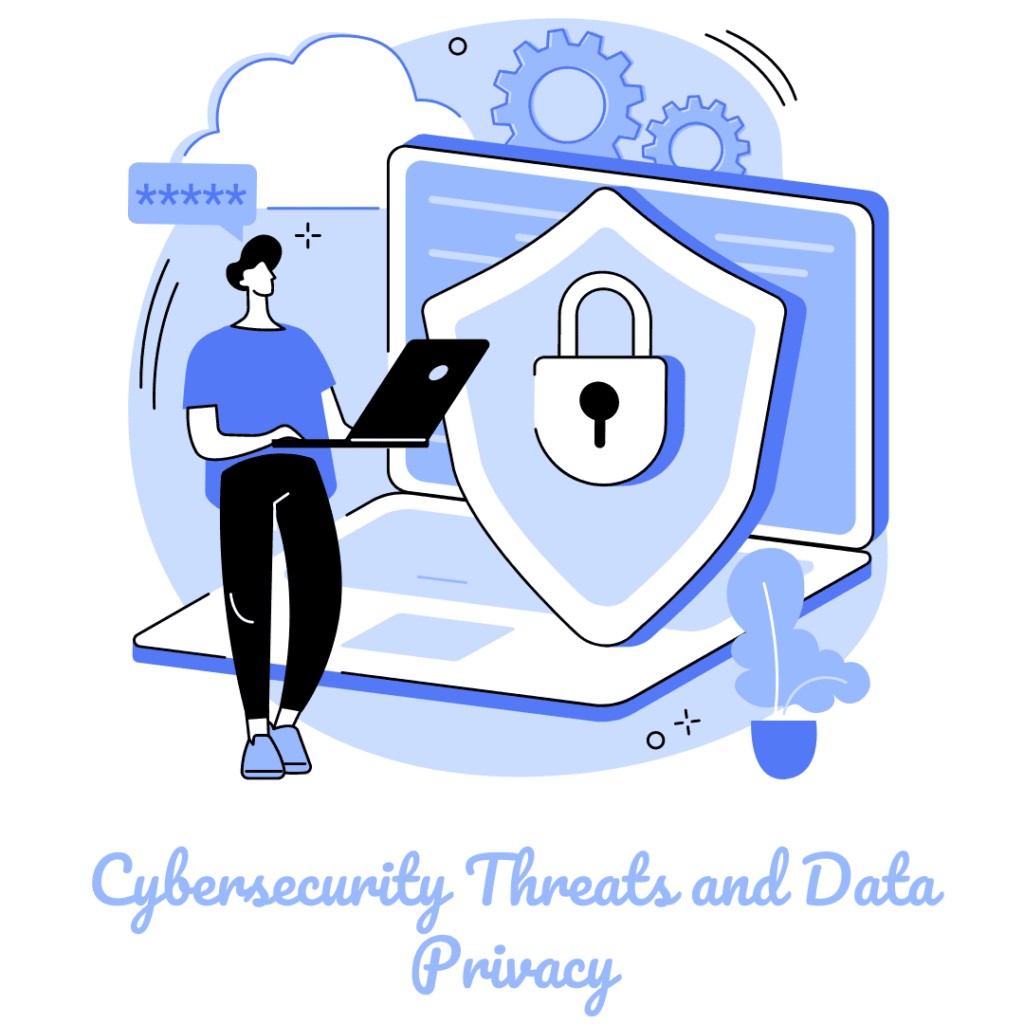
One of the big concerns with the internet is cybersecurity threats. Cybercrime is getting more advanced as the internet keeps growing. With more connected devices, cloud services, and online transactions, everyone—individuals, businesses, and governments—faces higher risks of cyberattacks. These can be data breaches, identity theft, ransomware attacks, or phishing schemes.
The Hackers find weaknesses in software and systems, often aiming at sensitive personal and financial information. As more critical services like healthcare and transportation go online, the potential damage from cyberattacks increases.
2. Digital Addiction and Mental Health
In today’s hyper-connected world, digital addiction is a growing concern. The internet, social media, and digital devices are now a big part of our everyday lives. Digital addiction means using digital platforms so much that it leads to mental health issues like anxiety, depression, and digital burnout.
One of the main reasons for digital addiction is social media platforms like Instagram, TikTok, Facebook, and Reels. These platforms are designed to keep us hooked with endless streams of content, notifications, and social interactions, creating a cycle that’s hard to break. Ultimately, it takes a toll on our mental health.
3. Misinformation and Fake News
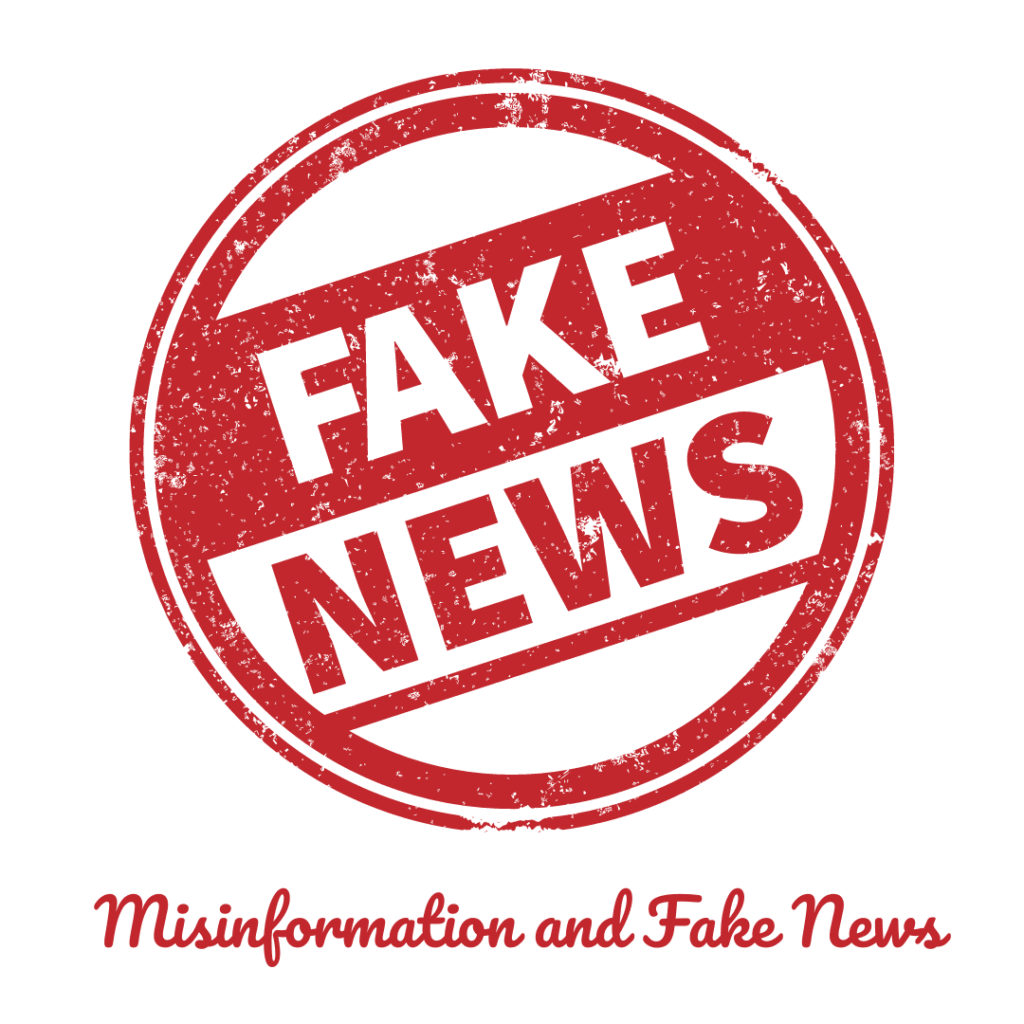
Misinformation and fake news are becoming a big problem in our digital age, fueled by the internet and social media. Sometimes people share false or misleading information without intending to deceive anyone. On the other hand, fake news is deliberately created to mislead or manipulate public opinion.
The internet makes it easy for false information to spread quickly, reaching lots of people in no time. This can be really harmful, as it undermines trust in media and institutions, causes confusion, and can even affect political events, health decisions, and social movements.
4. Environmental Impact of Digital Infrastructure
Digital infrastructure means all the networks, data centers, and systems that make the internet and connected devices work. Since we rely so much on the internet every day, this has an impact on the environment.
Data centers are a big part of this. These places have servers that store, process, and send a lot of data. They use tons of electricity to keep these servers running all the time and cool them down. Plus, with new tech like AI and cloud computing, the demand for internet use keeps going up.
Another issue is e-waste. As we use more digital devices, gadgets like smartphones, tablets, and computers get replaced more often, leading to more electronic waste.
5. Job Displacement Due to Automation
The rise of the Internet and technology drives automation and artificial intelligence (AI). All the time, machines and AI-driven robots, ML algorithms, and smart software tools are taking over the normal work of humans. Such changes are happening in retail, transportation, manufacturing, data analysis, and customer service. Machines would in most cases accomplish those jobs faster, cheaper, and with lesser errors. Hence they are going to completely turn the job sector from one end to another.
6. Social Isolation and Reduced Physical Interaction
Another downside of the internet is the issue of social isolation and reduced physical interaction with people. As people heavily depend on online communication through social media channels, messaging apps, and virtual meetings, they might start to lose touch with real-time face-to-face interactions with their loved ones. This dependence on digital platforms can weaken social bonds with you people, reduce meaningful conversations with friends & family, and gives limit time opportunities for in-person activities.
As a result, many individuals may experience loneliness and emotional disconnection. The shift away from real-world interactions not only impacts social skills but can also contribute to mental health issues, particularly for those already prone to feelings of isolation.
7. Monopolization and Digital Divide
Monopolization and the digital divide are big concerns in our internet-driven world today. A few large tech companies control most of the online world, making it tough for smaller businesses to compete. This often means fewer choices for consumers.
The digital divide, on the other hand, is about the gap between people who have good internet access and those who don’t. For instance, people in rural areas or lower-income communities may struggle to get reliable internet. This can impact their education, job opportunities, and access to information, creating even bigger social and economic gaps.
8. Internet Censorship and Control
Internet censorship and control are becoming bigger issues as governments and organizations monitor and regulate online content more and more. This limits your access to information, stifles freedom of speech, and restricts the flow of ideas.
Often, censorship is used to suppress dissenting opinions, political movements, or sensitive news. This is especially problematic in countries with authoritarian regimes, where internet control is used to silence opposition and manipulate public opinion. Automated filtering systems can also over-block content, mistakenly removing harmless stuff or unfairly targeting minority viewpoints, creating a climate of restricted digital freedom.
9. Health Risks from Prolonged Usage
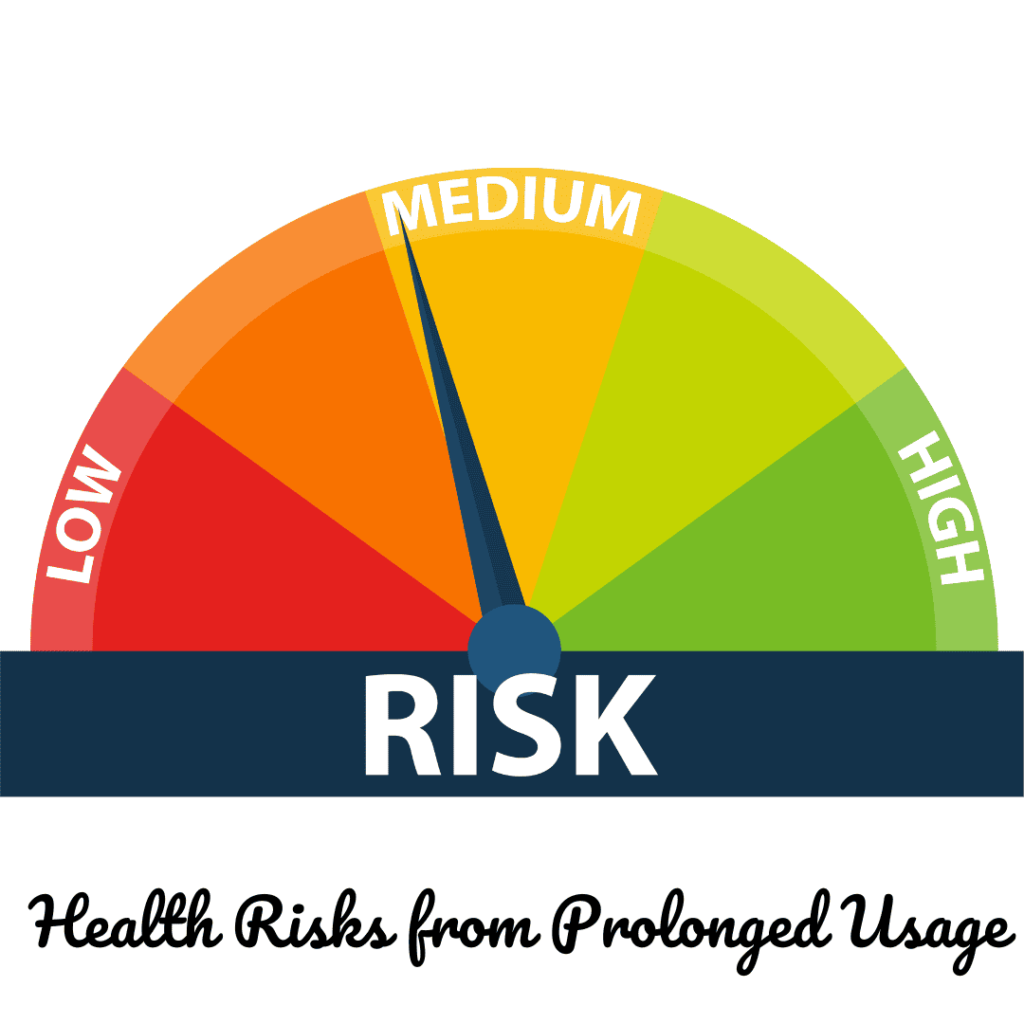
Another very significant negative impact of excessive internet use on physical health is that it can give rise to unhealthy conditions resulting from protracted hours spent in front of computer screens. Long screen time may be associated with a variety of issues, including eye strain, sleep disturbance, and postural problems. For example, the prolonged sitting glued in front of screens leads to “computer vision syndrome” symptoms, such as headaches, dry eyes, and blurry vision.
In addition, constant connectivity has an interference with sleep patterns because of the exposure to blue light that makes it difficult for people to sleep well. Sedentary behavior through too much internet use contributes to problems such as obesity and back pain. These risks therefore draw attention to balancing online activity with proper self-care and physical movement.
10. Loss of Privacy and Identity Theft
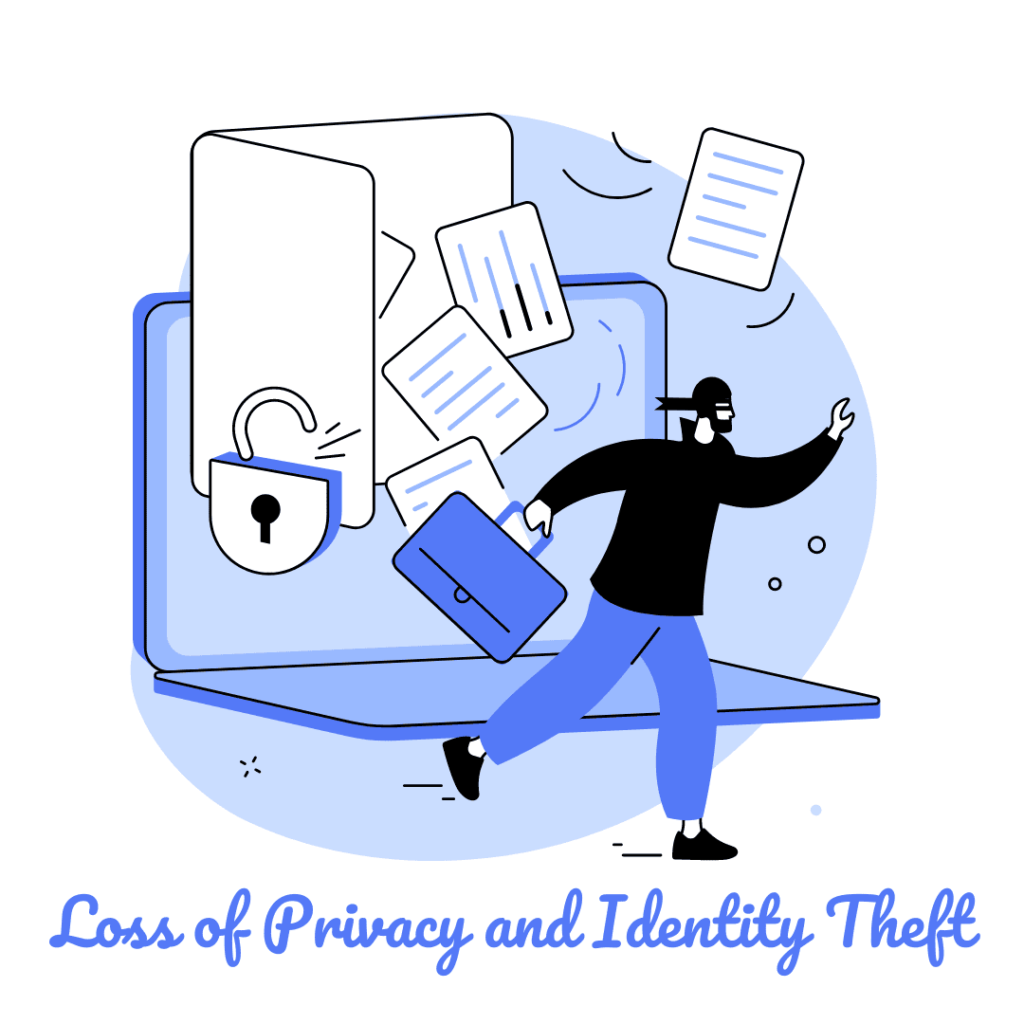
Another con of the internet is the increasing risk of loss of privacy and identity theft. With so much personal info shared online, we’re more vulnerable to cyberattacks. Hackers can find weaknesses in digital systems and steal sensitive data like credit card numbers, passwords, and personal identities. This is especially worrying with the rise of AI-powered tech that tracks and analyzes our behavior.
These systems are used in everything from social media to banking apps, and their connection with personal data increases the risk of breaches. Once stolen, this info can be misused for fraud or sold on the dark web.
11. Reduced Productivity Due to Distractions
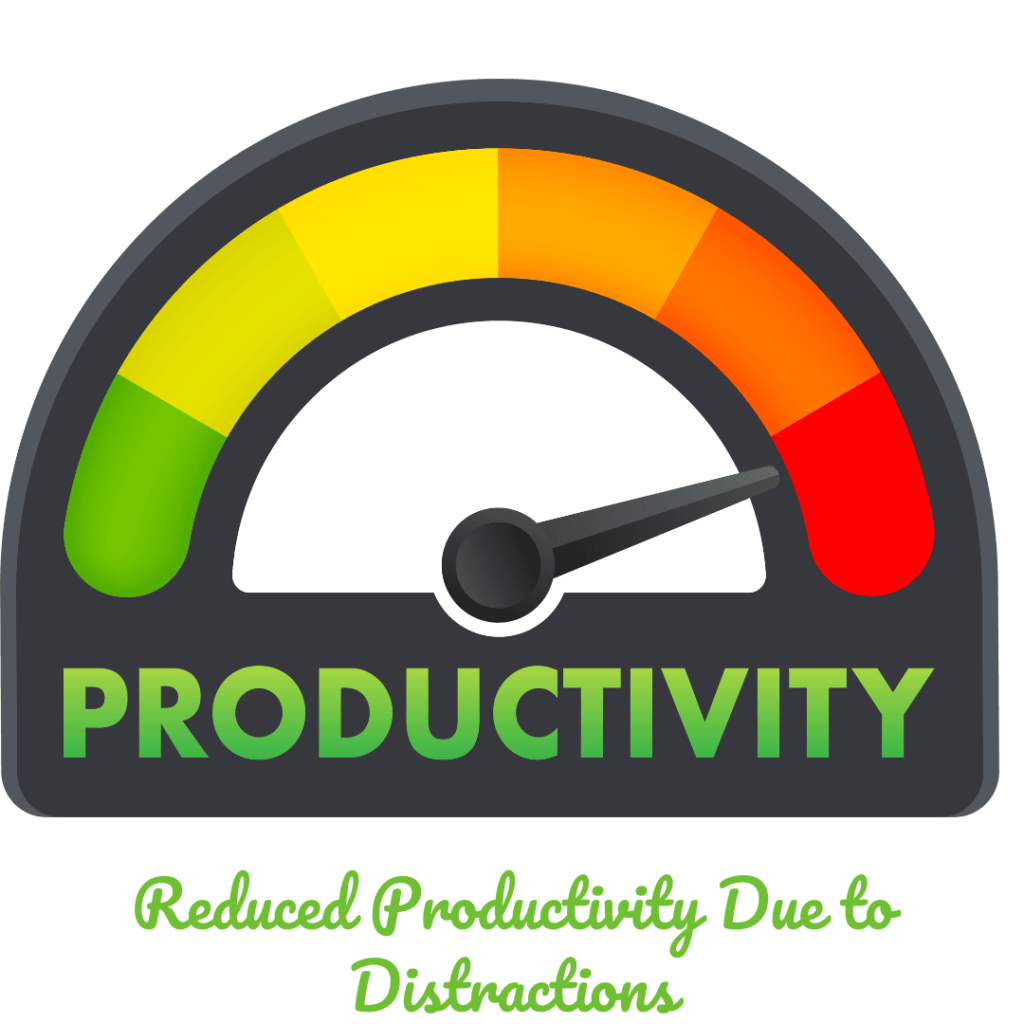
The internet offers countless entertainment options, from social media to online games and videos, which can significantly reduce productivity. In workplaces, employees may spend hours on non-work-related websites, while students often get distracted during study time.
The constant flow of notifications and the temptation to check personal accounts can make it difficult to focus on important tasks, leading to procrastination, missed deadlines, and lower performance in both academic and professional environments.
12. Over-commercialization and Excessive Advertising
As businesses increasingly rely on the internet to reach customers, many websites are inundated with ads. Pop-ups, autoplay videos, banner ads, and targeted ads can overwhelm users, making browsing frustrating.
This excessive commercialization also contributes to the commodification of user data, as many online services track user behavior to deliver personalized advertisements. While online advertising is a legitimate business model, it can degrade user experience and make it harder to access content without constant interruptions.
13. Intellectual Property Violations
The ease of sharing content online has led to rampant intellectual property (IP) violations, including piracy, copyright infringement, and illegal file sharing. From movies and music to software and books, digital content is often shared or downloaded without proper compensation to creators.
This undermines the creative industries, where artists, filmmakers, and software developers lose revenue due to unauthorized distribution of their work. The internet’s vast, decentralized nature makes it difficult to enforce copyright laws effectively, leading to ongoing issues with IP theft.
14. Online Fraud and Scams

The anonymity and global reach of the internet have made it a fertile ground for fraudsters and scammers. Phishing emails, fake online stores, investment scams, and lottery frauds target unsuspecting users, leading to financial losses. Elderly people and those less familiar with online security are particularly vulnerable.
These scams can be highly sophisticated, with criminals creating legitimate-looking websites or posing as trusted institutions to deceive people. The scale and complexity of online fraud make it a persistent threat to internet users, despite efforts to raise awareness.
15. Over-dependence on Cloud Services
Many businesses and individuals rely heavily on cloud services for data storage, communication, and operational processes. While cloud technology offers convenience and scalability, it also comes with risks. Outages or disruptions in cloud services can paralyze entire organizations, as they lose access to critical files, applications, and communication channels.
In addition, dependence on third-party cloud providers increases security risks, as companies may not have full control over how their data is handled. Data breaches or service failures at the provider’s end can have catastrophic effects on businesses, leading to loss of trust, reputation, and revenue.
FAQs: Advantages and Disadvantages of the Internet in 2025
Enhanced collaboration, access to education, and cultural preservation.
Increased distractions, online fraud, and over-reliance on cloud services.
Cloud-based tools and remote teamwork have boosted global collaboration and innovation.
